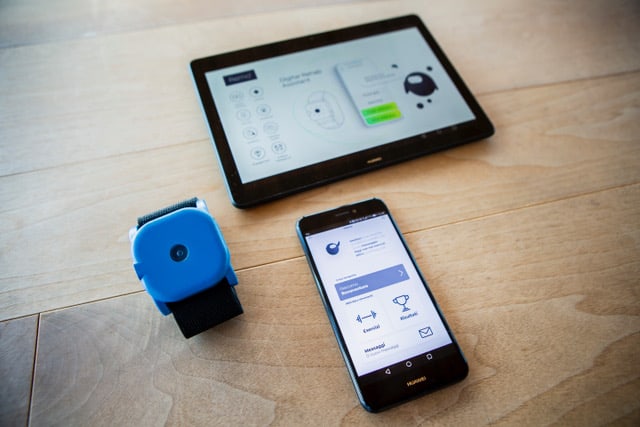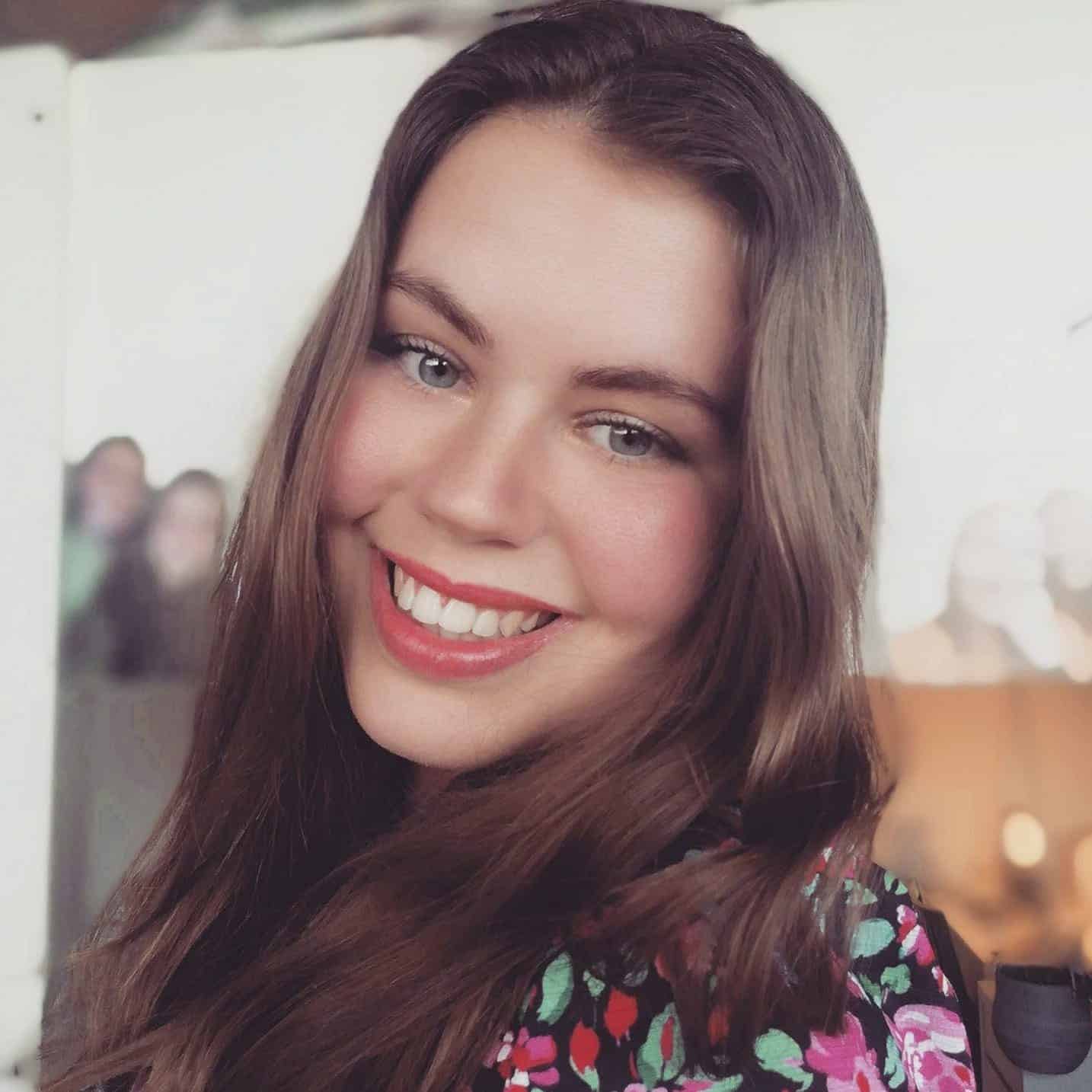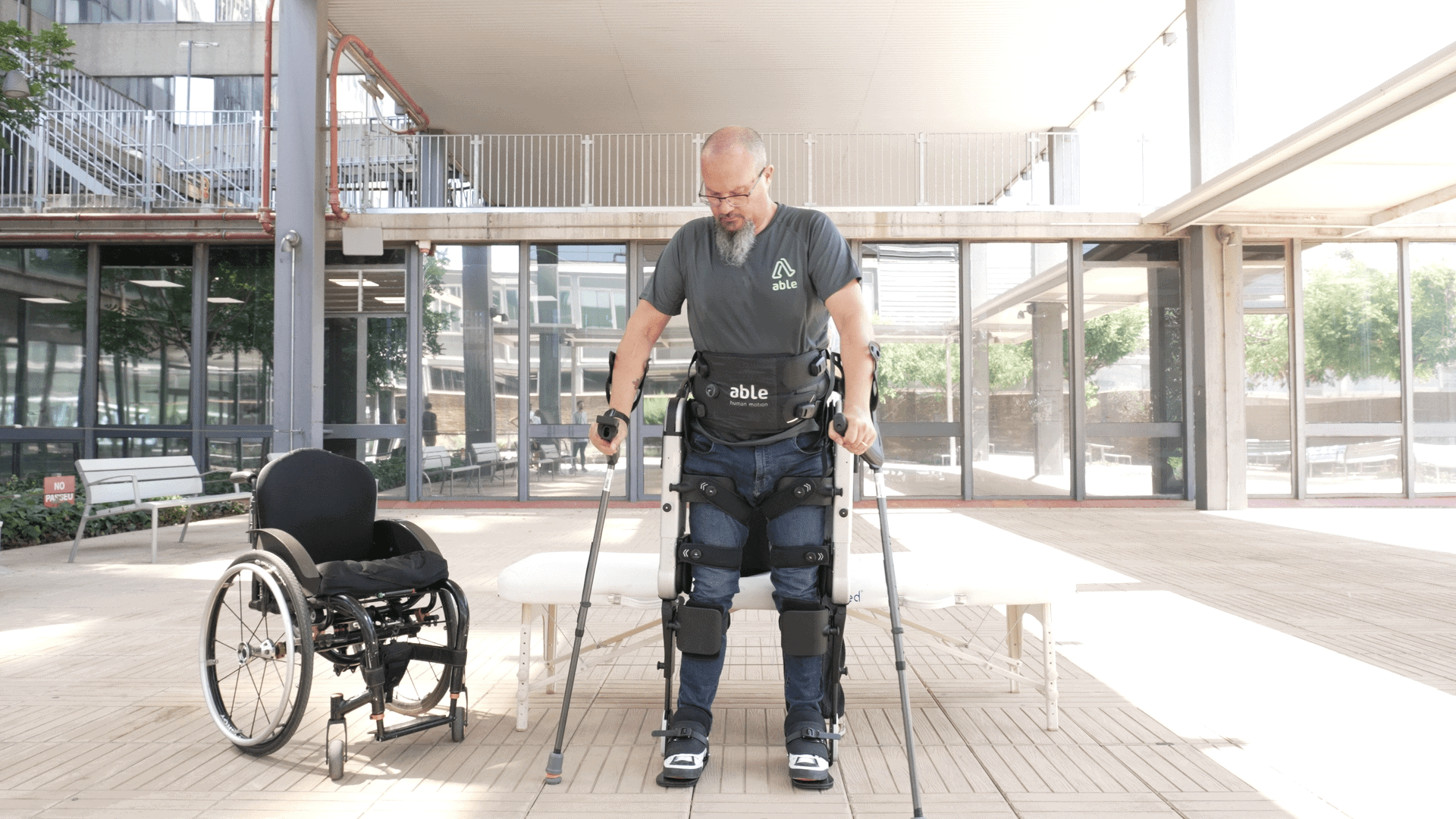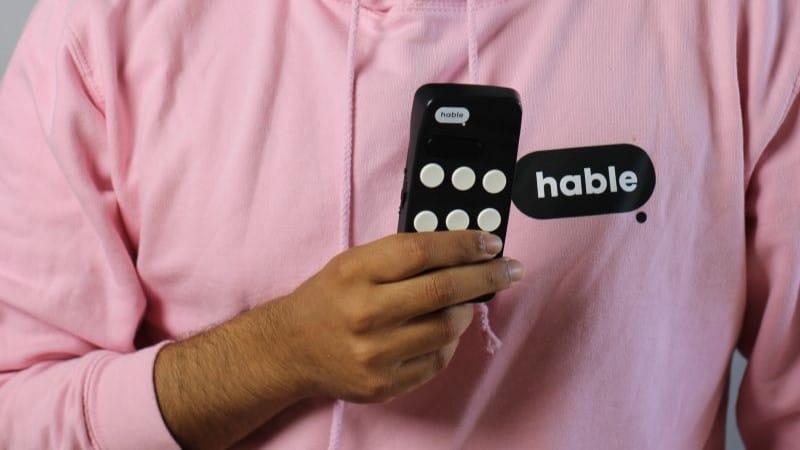
About Hable One
- Founders: Ayushman Talwar and Freek van Welsenis
- Founded in: 2019
- Employees: 6
- Money raised: -
- Ultimate goal: building a global community so that blind and visually impaired people can live independently.
When you’re blind, it’s hard to use your smartphone. Fortunately, Hable One has a solution for that. They developed a small smartphone keyboard with various functions for the blind and visually impaired. In this episode of Start-up of the day, co-founder Ayushman Talwar talks more about it.

What is Hable One?
“We offer an innovative device called Hable One. It is a kind of remote control that you can pair with your mobile devices using Bluetooth. To use it, it has to be within ten meters of the paired device. This can also be outdoors. The technology is similar to that of other keyboards, but the buttons are different. With the Hable One you can type and navigate. This way you can open applications, for example. Typing is done by talking to the device: it then automatically types what you say. We also added a Braille keyboard to the device. But in practice, only about ten percent of users use this. It turns out to be difficult to learn Braille and it is mainly something that older generations use.”
What is your goal?
“Our goal is to get people with disabilities to use technology again. For now we mainly focus on blind people, but in the future we want to target other disabled people. In addition to our keyboard, we also offer training to blind and visually impaired people. In these trainings, they learn how to use their smartphones and computers. Our company should be a place where blind and visually impaired people can go for information. We also think it is important that we as a company add value to friends and family of the disabled. If we also offer them help, it will work to the blind person’s advantage. We want to build a global community so that eventually the blind and visually impaired can live independently.”
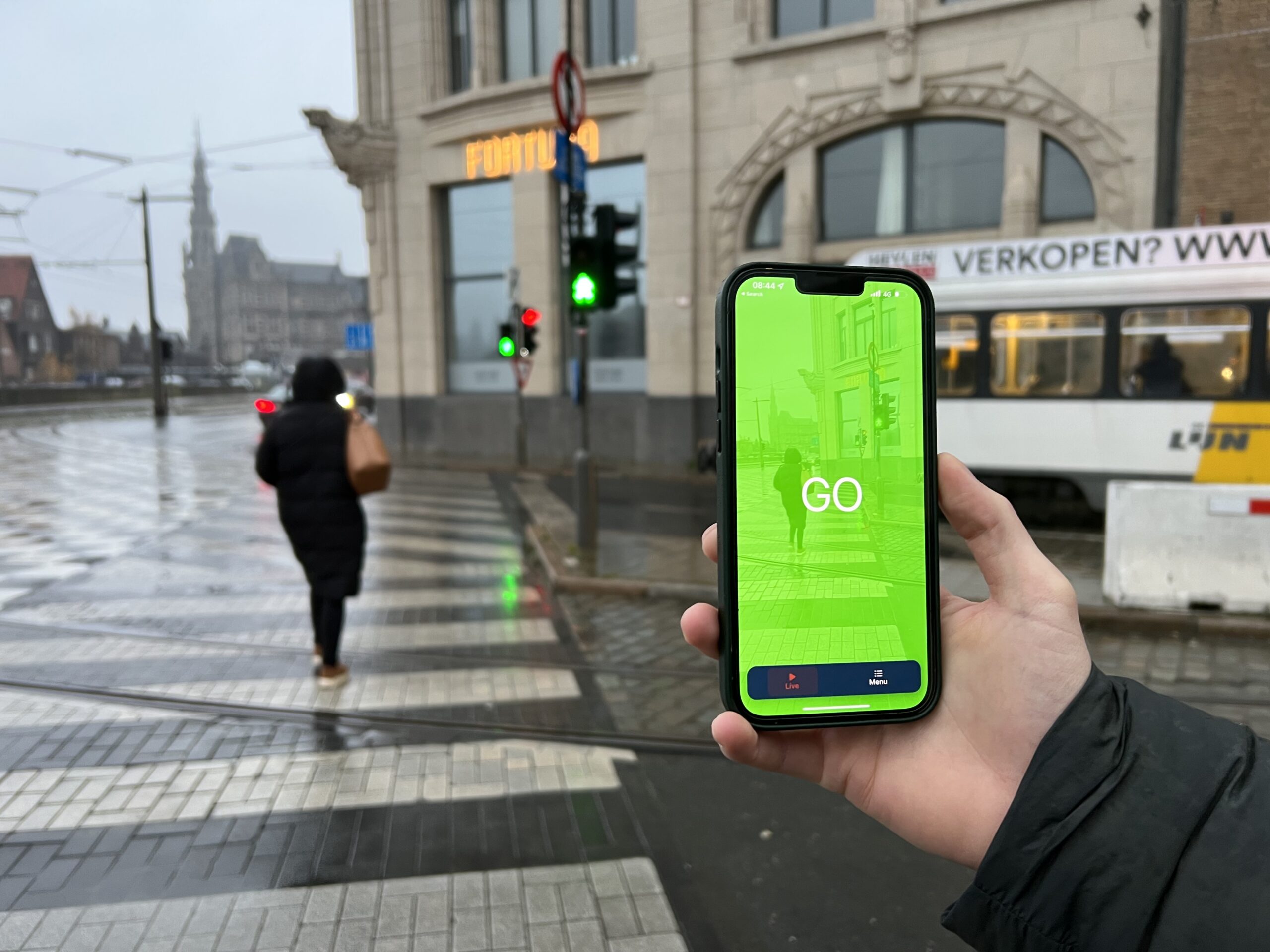
How did Hable One come about?
“I participated in a two-day event in India solving social problems. My own grandfather is blind so that’s why I wanted to mean something in this. I talked to more blind people about the problems they faced. I found out that they wanted some kind of keyboard so that they could use their cell phone to the fullest again. From my background I am an engineer and together with other engineers we wanted to solve the technology problem for the blind and visually impaired. To do this, we worked with an institute for the blind. To them I asked for regular feedback.”
You moved from India to the Netherlands. How did that affect the startup of your company?
“We wanted to make the product attractive and I found out that worked better in the Netherlands than in India. I moved to the Netherlands because I wanted to do an education in industrial design here. At the training I met co-founder Freek. I soon discovered that it is also much easier to set up a company here than in India. So the prototypes were made in the Netherlands alongside my studies. The country has a good start-up climate. The government offers a lot of opportunities and there is also a lot of knowledge about how to start a business. If I had started the company in another country, I’m not sure it would have worked out.”
Which problem do you want to solve?
“I want to increase awareness and knowledge around blindness. Many people now don’t know what to do if they become blind or if someone they know becomes so. They don’t know how to use technology and participate in society. Or who they should be with to find out. You are still a normal person and can still do a lot of things. We want to show that.”
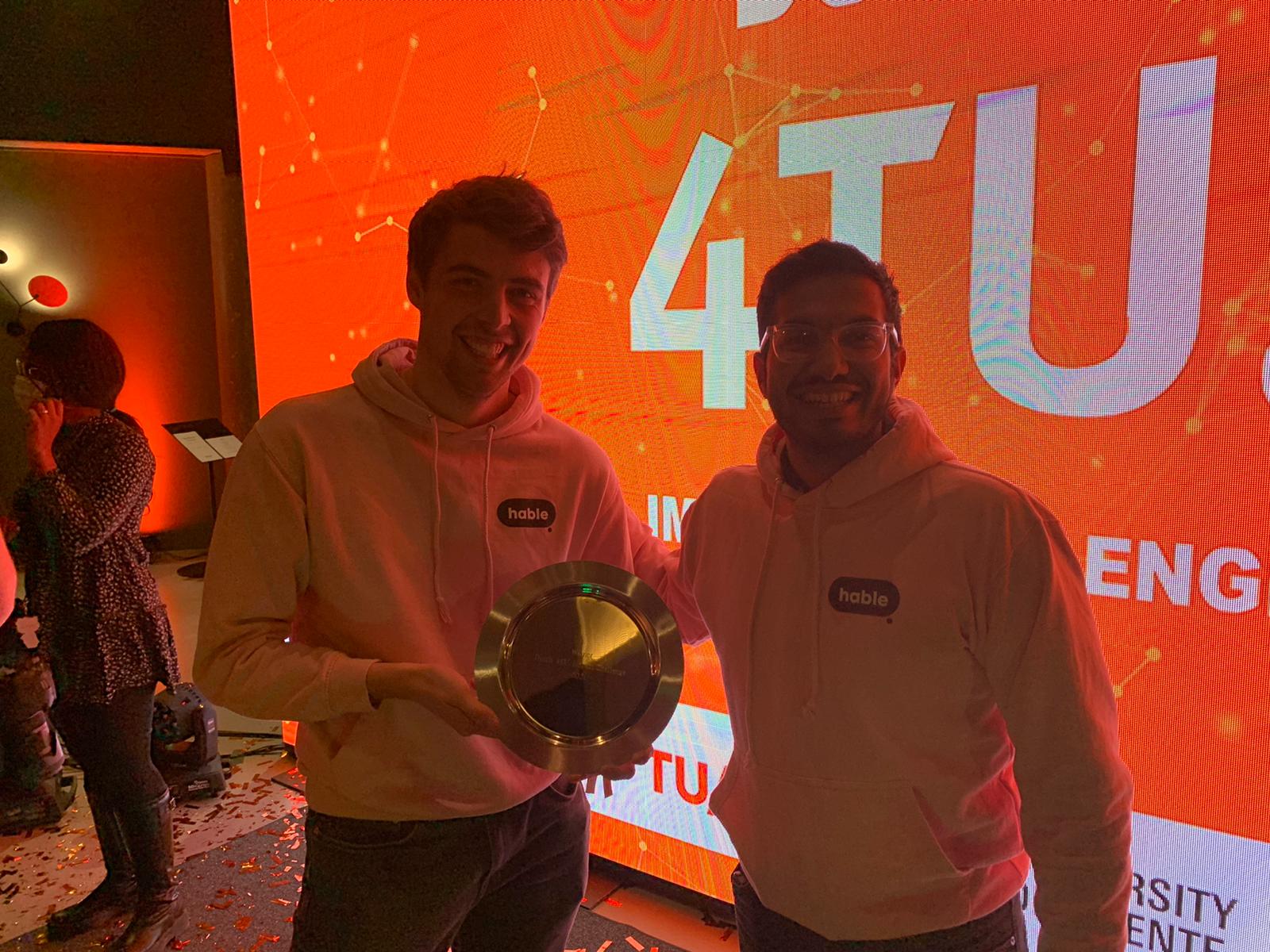
What is the biggest challenge in solving this problem?
“To solve this problem, companies need to become more inclusive. Especially companies in the healthcare industry. So we need more help from big companies and would like to cooperate with them. That way it will be easier for blind and visually impaired people to find us. We want to offer our product and training through big companies. With making the technology, we have little difficulty. So the challenge is mainly in making connections. The more collaborations we will make, the more inclusive society can become for the blind and visually impaired.”
Why is that a challenge?
“It is difficult to reach the right people because the market is very segmented and the group of blind and visually impaired people is relatively small. We need a large reach to reach our target audience.”
